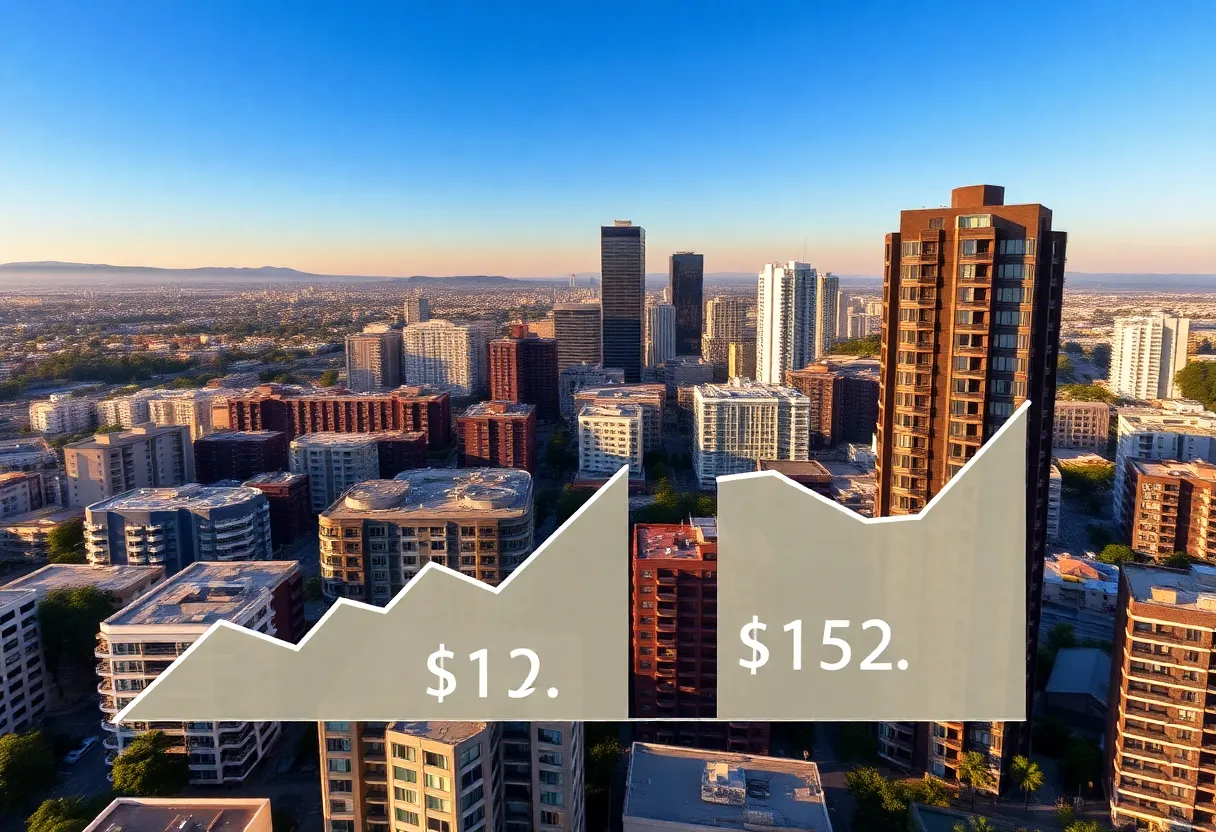News Summary
California has been identified as the state with the highest income thresholds for rental living. A recent Zillow analysis found that five out of eight U.S. metro areas with six-figure salary requirements for renters are in California. San Jose tops the list with an annual income needed of $136,532. Factors such as high construction costs and regulatory delays contribute to the housing crisis, which has made over 53.8% of California renter households cost-burdened, mirroring national trends in rental affordability.
California Leads Nation in Need for High-Income Rentals
California has been identified as the state with the highest income thresholds required for financially comfortable rental living, according to a recent analysis of rental data across the nation. The study conducted by Zillow reveals that five of the eight U.S. metropolitan areas where a six-figure salary is essential for renters are located in California, highlighting the challenges posed by escalating housing costs.
The city of San Jose ranks as the top area in the country for rental income requirements. In April, renters in the San Jose metro area needed to earn $136,532 annually to keep their housing costs at 30% of the median income. Despite its designation as the most expensive metro area for renters, San Jose experienced only a 13% increase in rent burden over the past five years, the second smallest among the 50 largest U.S. metros.
San Jose’s typical rent stands at $3,413 per month, which accounts for 25% of local incomes, ranking it as the 18th largest share across the nation. In comparison, San Francisco has an income threshold of $124,267, placing it fourth nationally. The rental burden in San Francisco only increased by 9% within the same timeframe, making it the lowest increase among the top 50 metro areas. The average rent in San Francisco was approximately $3,107, equating to 28% of local incomes and ranking at No. 13.
San Diego County saw an income threshold of $122,810, the fifth highest in the U.S., but faced a significant challenge with a 41% increase in rent burden over the past five years. In this metro area, typical rent reaches around $3,070, constituting 33% of local incomes. Los Angeles and Orange counties also highlight the strain on renters, requiring an income of $118,958, placing it sixth nationally. Here, monthly rents average $2,974, which makes up 36% of household incomes, the third-highest share in the nation.
The Inland Empire, covering Riverside and San Bernardino counties, ranks eighth nationally with an income threshold of $102,722, but also faces a daunting 46% increase in rental burden over the past five years. The monthly rent averages $2,568, accounting for 33% of household incomes. Sacramento is the only Californian metro area with an income threshold below $100,000, at $94,002. The typical rent in Sacramento is approximately $2,350, which represents 28% of local incomes, ranking 12th nationally.
On a national scale, the income threshold needed for renters has reached $80,949, reflecting an increase of 35% over the past five years. The typical rent nationwide is $2,024, consuming approximately 30% of a typical American household’s income.
California’s rent challenges stem from various factors, including high multifamily housing construction costs, which are more than double those in Texas and 1.5 times higher than in Colorado. Additionally, regulatory costs in California prolong project timelines by over 22 months, inflating prices further when compared to states like Texas. Paradoxically, publicly subsidized affordable housing in California is notably more expensive per square foot than luxury market-rate developments.
As of 2022, more than 53.8% of California renter households were classified as cost-burdened, with nearly 30% spending over half their income on rent. This reflects a concerning trend, aligning with national statistics that indicate 49% of all renters in the U.S. are now rent-burdened, an increase from 40% in 2020.
The impact of California’s housing crisis extends beyond its borders, affecting neighboring states such as Nevada, which recorded a staggering 34% rent increase from 2019 to 2023. Furthermore, the disparity in rental affordability is notably more severe for minority households, with Black and Hispanic renters facing higher rent burdens.
In conclusion, the situation in California is emblematic of broader national trends, and the struggle for renters to find affordable housing continues to escalate amid rising costs and economic pressures.
Deeper Dive: News & Info About This Topic
- YieldPro: Understanding the Housing Burden
- Fresno Bee: Local News on Housing
- San Francisco Chronicle: Most Expensive Rent
- Google Search: California Housing Costs
- ABC7: Rent Burden in Los Angeles County
- Wikipedia: Housing in California








